当前位置:网站首页>Pytorch-温度预测
Pytorch-温度预测
2022-07-06 09:16:00 【想成为风筝】
pytorch-温度预测
dir = r'E:\PyTorch\02\02.2020深度学习-PyTorch实战\代码+资料\神经网络实战分类与回归任务\temps.csv'
import pandas as pd
import numpy as np
import matplotlib.pyplot as plt
import torch
Data = pd.read_csv(dir)
print(Data)
print(Data.head())
del Data['friend']
print(Data)
print('数据维度:',Data.shape)
#处理时间数据
import datetime
years = Data['year']
months = Data['month']
days = Data['day']
#datetime格式
dates = [str(int(year)) + '-' + str(int(month)) + '-' + str(int(day)) for year,month,day in zip(years,months,days)]
dates = [datetime.datetime.strptime(date,'%Y-%m-%d') for date in dates]
print(dates[:5])
#绘图
#指定默认风格
# plt.style.use('fivethirtyeight')
# plt.figure(dpi=400)
# #plt.subplot(2,2,1)
# plt.plot(dates,Data['actual'])
# plt.xlabel('')
# plt.ylabel('Temperature')
# plt.title('Max Temp')
# plt.show()
#
# plt.figure(dpi=400)
# #plt.subplot(2,2,2)
# plt.plot(dates,Data['temp_1'])
# plt.xlabel('')
# plt.ylabel('Temperature')
# plt.title('Previous Max Temp')
# plt.show()
#
# plt.figure(dpi=400)
# #plt.subplot(2,2,3)
# plt.plot(dates,Data['temp_2'])
# plt.xlabel('')
# plt.ylabel('Temperature')
# plt.title('Two Days Prior Max Temp')
#
# plt.show()
# week 列 比较特殊 是 字符串类型
#独热编码
Data = pd.get_dummies(Data)
print(Data.head())
#标签
labels = np.array(Data['actual'])
Data = Data.drop('actual',axis=1)
Data_columns_name = list(Data.columns)
Data = np.array(Data)
print(Data.shape)
from sklearn import preprocessing
input_Data = preprocessing.StandardScaler().fit_transform(Data)
#构建模型
x = torch.tensor(input_Data,dtype=float)
y = torch.tensor(labels,dtype=float)
""" #自定义计算方式构建模型 #权重参数初始化 weights = torch.randn((13,128),dtype=float,requires_grad=True) biases = torch.randn(128,dtype=float,requires_grad=True) weights1 = torch.randn((128,1),dtype=float,requires_grad=True) biases1 = torch.randn(1,dtype=float,requires_grad=True) lr = 0.001 losses = [] for i in range(1000): hidden = x.mm(weights) + biases hidden = torch.relu(hidden) predictions = hidden.mm(weights1) + biases1 loss = torch.mean((predictions-y)**2) losses.append(loss.data.numpy()) #打印损失值 if i % 100 == 0: print('loss:',loss) loss.backward() #更新参数 weights.data.add_(-lr*weights.grad.data) biases.data.add_(-lr*biases.grad.data) weights1.data.add_(-lr*weights1.grad.data) biases1.data.add_(-lr*biases1.grad.data) #每次迭代要清空梯度 weights.grad.data.zero_() biases.grad.data.zero_() weights1.grad.data.zero_() biases1.grad.data.zero_() """
#简洁化网络模型
input_size = input_Data.shape[1]
hidden_size = 128
output_size = 1
batch_size = 16
my_nn = torch.nn.Sequential(
torch.nn.Linear(input_size,hidden_size),
torch.nn.Sigmoid(),
torch.nn.Linear(hidden_size,output_size)
)
cost = torch.nn.MSELoss(reduction='mean')
optimizer= torch.optim.Adam(my_nn.parameters(),lr=0.001)
#training
losses = []
for i in range(1000):
batch_loss = []
for start in range(0,len(input_Data),batch_size):
end = start + batch_size if start + batch_size < len(input_Data) else len(input_Data)
xx = torch.tensor(input_Data[start:end],dtype=torch.float,requires_grad=True)
yy = torch.tensor(labels[start:end],dtype=torch.float,requires_grad=True)
prediction = my_nn(xx)
loss = cost(prediction,yy)
optimizer.zero_grad()
loss.backward()
optimizer.step()
batch_loss.append(loss.data.numpy())
if i % 100 ==0:
losses.append(np.mean(batch_loss))
print(i,np.mean(batch_loss))
#预测训练结果
x = torch.tensor(input_Data,dtype=torch.float)
predict = my_nn(x).data.numpy()
#转换日期格式
dates = [str(int(year)) + '-' +str(int(month)) + '-' + str(int(day)) for year,month,day in zip(years,months,days)]
dates = [datetime.datetime.strptime(date,'%Y-%m-%d') for date in dates]
#创建一个表格来存日期和对应的标签数值
true_data = pd.DataFrame(data={
'date':dates,'actual':labels})
#再创建一个来寸日期和对应模型的预测值
months =Data[:,Data_columns_name.index('month')]
days = Data[:,Data_columns_name.index('day')]
years = Data[:,Data_columns_name.index('year')]
test_dates = [str(int(year)) + '-' +str(int(month)) + '-' + str(int(day)) for year,month,day in zip(years,months,days)]
test_dates = [datetime.datetime.strptime(date,'%Y-%m-%d') for date in test_dates]
#创建一个表格来存日期和对应的标签数值
predict_data = pd.DataFrame(data={
'date':test_dates,'prediction':predict.reshape(-1)})
plt.figure(dpi=400)
#True
plt.plot(true_data['date'],true_data['actual'],'b-',label='actual')
#predict
plt.plot(predict_data['date'],predict_data['prediction'],'ro',label='prediction')
plt.xticks()
plt.legend()
plt.xlabel('Date')
plt.ylabel('Maximum Temperature (F)')
plt.title('Actual and Predicted Values')
plt.show()
边栏推荐
- Double to int precision loss
- Hutool中那些常用的工具类和方法
- 快来走进JVM吧
- sklearn之feature_extraction.text.CountVectorizer / TfidVectorizer
- Dependency in dependencymanagement cannot be downloaded and red is reported
- Codeforces Round #771 (Div. 2)
- {一周总结}带你走进js知识的海洋
- Yarn installation and use
- 4、安装部署Spark(Spark on Yarn模式)
- FTP file upload file implementation, regularly scan folders to upload files in the specified format to the server, C language to realize FTP file upload details and code case implementation
猜你喜欢
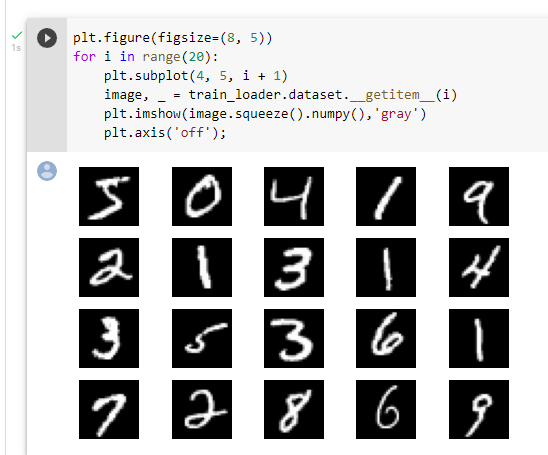
Machine learning notes week02 convolutional neural network
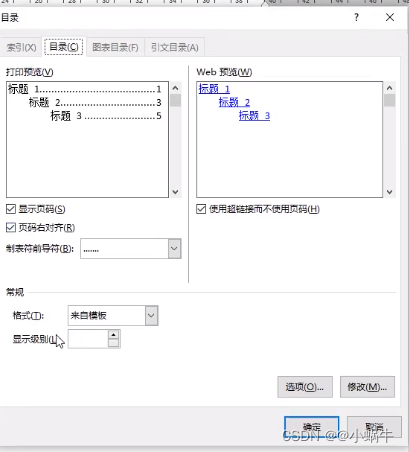
Word排版(小計)

5G工作原理详解(解释&图解)
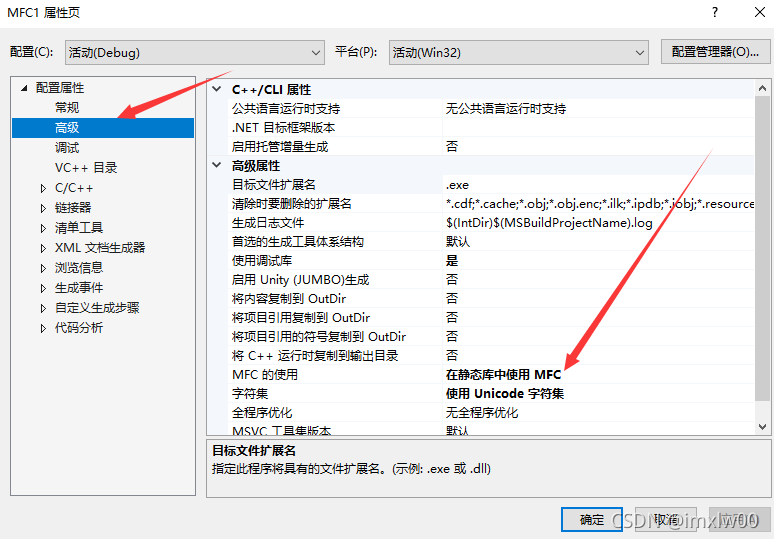
vs2019 第一个MFC应用程序

Pytoch Foundation
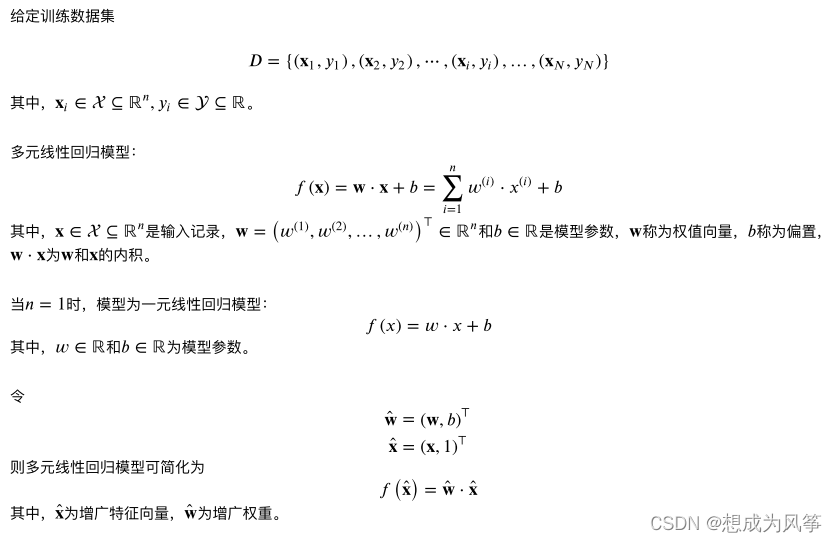
机器学习--线性回归(sklearn)
![[yarn] CDP cluster yarn configuration capacity scheduler batch allocation](/img/85/0121478f8fc427d1200c5f060d5255.png)
[yarn] CDP cluster yarn configuration capacity scheduler batch allocation
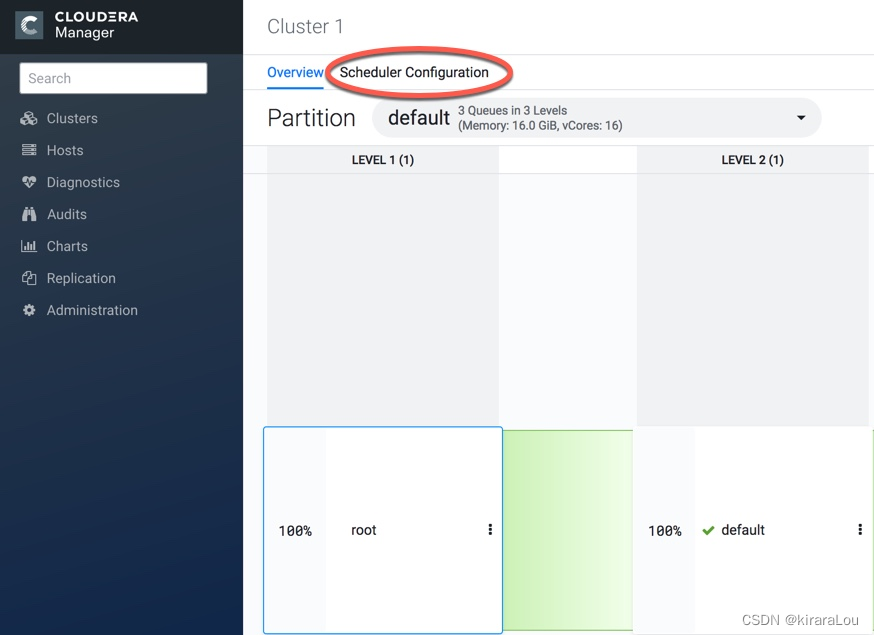
【yarn】CDP集群 Yarn配置capacity调度器批量分配

Principle and implementation of MySQL master-slave replication
![[CDH] cdh5.16 configuring the setting of yarn task centralized allocation does not take effect](/img/e7/a0d4fc58429a0fd8c447891c848024.png)
[CDH] cdh5.16 configuring the setting of yarn task centralized allocation does not take effect
随机推荐
TypeScript
[Bluebridge cup 2021 preliminary] weight weighing
Principle and implementation of MySQL master-slave replication
MongoDB
jS数组+数组方法重构
Password free login of distributed nodes
FTP文件上传文件实现,定时扫描文件夹上传指定格式文件文件到服务器,C语言实现FTP文件上传详解及代码案例实现
Connexion sans mot de passe du noeud distribué
【CDH】CDH/CDP 环境修改 cloudera manager默认端口7180
List and set
L2-001 紧急救援 (25 分)
wangeditor富文本引用、表格使用问题
express框架详解
4、安装部署Spark(Spark on Yarn模式)
Nanny level problem setting tutorial
[Bluebridge cup 2020 preliminary] horizontal segmentation
Kept VRRP script, preemptive delay, VIP unicast details
Internet protocol details
【CDH】CDH5.16 配置 yarn 任务集中分配设置不生效问题
double转int精度丢失问题